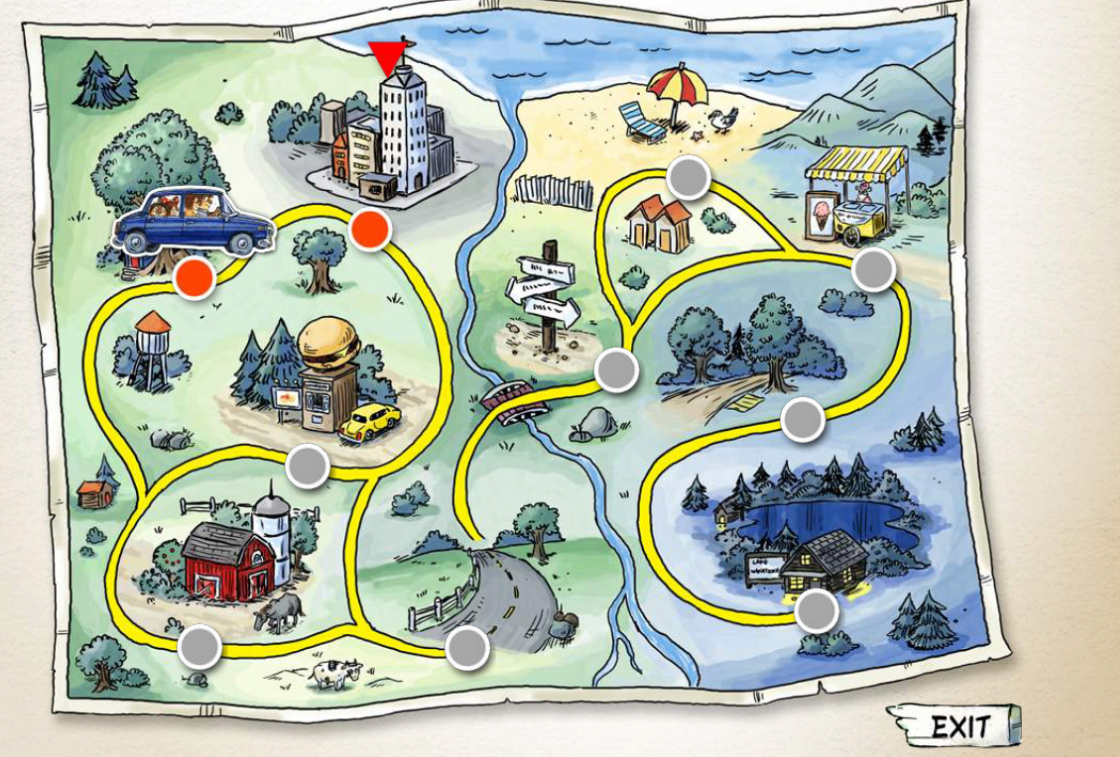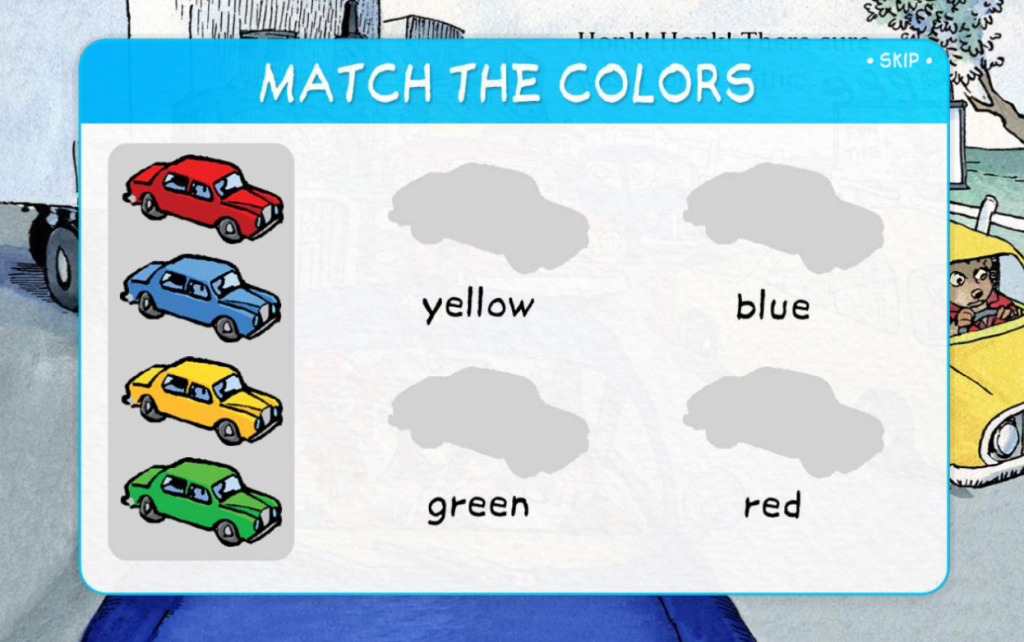I know you’re wondering about the image. I’ll get there!
In this chapter, Lanham explains that ebooks have almost entirely attempted to simply reproduce print books. This is so much the case, that often the ebooks you find for sale are just PDF copies of the original book. Why would this be the case? Why wouldn’t ebooks instead try to leverage elements of their existence that make them unique? Why not draw more heavily on sounds and images, and movement, etc? He suggests a few possible reasons, including the early commercial failure of CD-ROMS that attempted such a move, and issues of compatibility with various devices.
The strongest barrier, in his opinion, has come from copyright issues. I found this section to be thought-provoking, especially from an academic standpoint. First, it’s almost always both acceptable, encouraged, and free to quote printed material. If I were writing a book, and wanted to include a particularly illuminating sentence from the Economics of Attention, I could do this for free, and it would actually increase the prestige of EoA. Authors almost always want to be quoted.
This is not the case with things like audio, video, or images. To include a short clip of a video means wading through a lot of copyright law and likely paying a hefty fee based on the number of viewers or sales. There’s no comparable prestige associated with having a clip of one’s work shared.
In a recent edition of The Philosopher’s Magazine, Richard Holton, in a discussion on the importance of open access in academic research, makes the point that universities – at least in theory – pay professors to publish written work. They don’t necessarily need to make any money from the book itself. Yet, this typically isn’t true for other media. In fact, multi-modal options for dissertations are just starting to enter into the discussion on many campuses. I wonder if, as the acceptance of multi-modal projects as serious academic work increases, so too will the willingness to accept usage of clips that material for free?
Lanham goes on to argue against some claims that multi-modality prevents us from reading and thinking and understanding deeply. I remain a bit on the fence in this issue. I definitely see the connections to traditionally oral cultures that digital media links back up to in a way printed books do not. Yet, I still have deep reservations about the amount of video most Americans tend to watch and how that impacts one’s ability to think clearly.
Finally, writing in 2006, Lanham argues that we had not at that time seen a truly digital book. Here’s where we return to the image of the map above. Having recently had a daughter, I’ve been digging into children’s books. One of the more interesting finds I made was actually characterized as an app rather than a digital book: The Trip Little Critter.
If this isn’t a digital book as Lanham imagines one, I have to believe it’s at least a major step in that direction. It mixes animation, text, voice, and games. And at least on the surface appears to have an element of choose-your-own adventure by selecting paths on the map above.
Is this the direction we’ll see digital books develop? Does this match Lanham’s vision of it? Why do we call it an app instead of a book?
Have you run across any other digital books that push boundaries like this one? If so, let me know if the comments or via Twitter. I’d love to see more examples.
To wrap up, here’s a shot of one of the games featured in the book/app:

